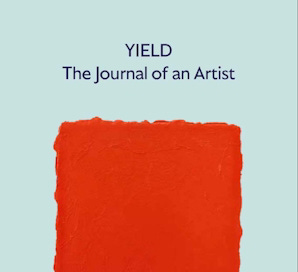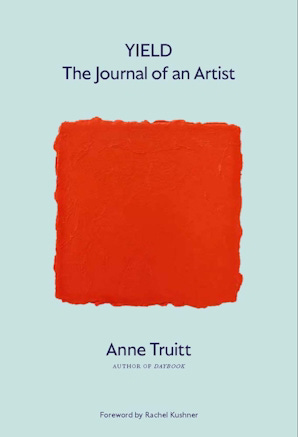Introducing Asynchronous Studio Book Club
An intrepid, low-residency discussion of books germane to artistic practice.
If you’re reading this, congratulate yourself on not joining the readers who responded to last week’s Dip the Fuse in the Kerosene by unsubscribing. Anyone who persists in reading these missives is doing me a great favor, and I endeavor to justify it. That said, I regard them who do as either fellow travelers, or resistant to the postliberal pressures of political purity that exhort us to discard one another when our ideas of how to order society don’t coincide. Whether I agree with you or not, you are among those naturally immune to manipulation and I applaud you.
I would invite all you fine people over and grill for you, but it’s impractical. Instead, let’s have a book club.
The usual book club format is a drag. You have to read a book by a certain date, then come together for an in-person or otherwise synchronous meeting to discuss it. I propose instead to review a given book in informal chunks over the course of successive weeks here at DMJ, and invite responses to said chunks in the comments section. You will be reading along at your own pace. If there’s a sufficiently active response, we’ll conclude with a synchronous event, such as a meetup over Zoom, in which beverages will be virtually served.
Books will pertain to studio practice, however distantly. My first selection is Anne Truitt’s Yield (Yale, 2022), the posthumously published last diaries of the artist. We will begin discussing it the week of June 26, in a fortnight or so. Obtain a copy and we’ll get started then.
Forthcoming picks are If These Apples Should Fall: Cézanne and the Present by T.J. Clark (2022), The Creative Act: A Way of Being by Rick Rubin (2023), Aesthetics of the Familiar by Yuriko Saito (2020), and Totality: Abstraction and Meaning in the Art of Barnett Newman by Michael Schreyach (2023). (This last one is the upper edge of a reasonable price for a book club book, but I’m really looking forward to digging into it.) I’d also like to go back and revisit some classics: Glittering Images: A Journey Through Art from Egypt to Star Wars by Camille Paglia (2013), Abstraction and Empathy: A Contribution to the Psychology of Style by Wilhelm Worringer (1907), or even Kant’s Critique of Judgment (1790). Your own suggestions are welcome.
This may become a paid-subscriber-only feature, but to get the ball rolling the inaugural run will be open to all. Expect bold, smart discussion that feeds your studio life and your life in general.
PS - Find your way up to New Hampshire, and I will indeed grill for you.
Content at DMJ is free but paid subscriptions keep it coming. Please consider one for yourself and thank you for reading.





I’ve obtained and read the first season of Truitt’s book and of course gone down some rabbit holes through it, starting with las Meninas, an unexpectedly huge subject. From there I wandered into investigations of Velásquez as a collector/curator, the construction and conflagration of the Alcázar Palace, and of course Truitt’s work with which I was wholly unfamiliar. So, thanks! She exemplifies the unsentimentality she admires. Her observations have elegance and depth. “Yield”? Well, there’s not much that gives way easily. Anyway, what’s next in this asynchrony of a book club? Does the conversation happen solely in these comments?
So you actually lost subscribers (not just visitors) over that kerosene post. Remarkable--though not in a good way. I suppose one might have expected that, though one would have thought your readers (in this forum) would be more...liberal. To me, that post was essentially saying what I've always considered obvious: that politics, which is intrinsically distasteful (not to say disgusting) typically comes down to choosing the lesser evil, unpalatable though it may be, given that there's no better choice. As for manipulation, I don't know if I'm immune or repelled by it, but I don't respond at all well to it.